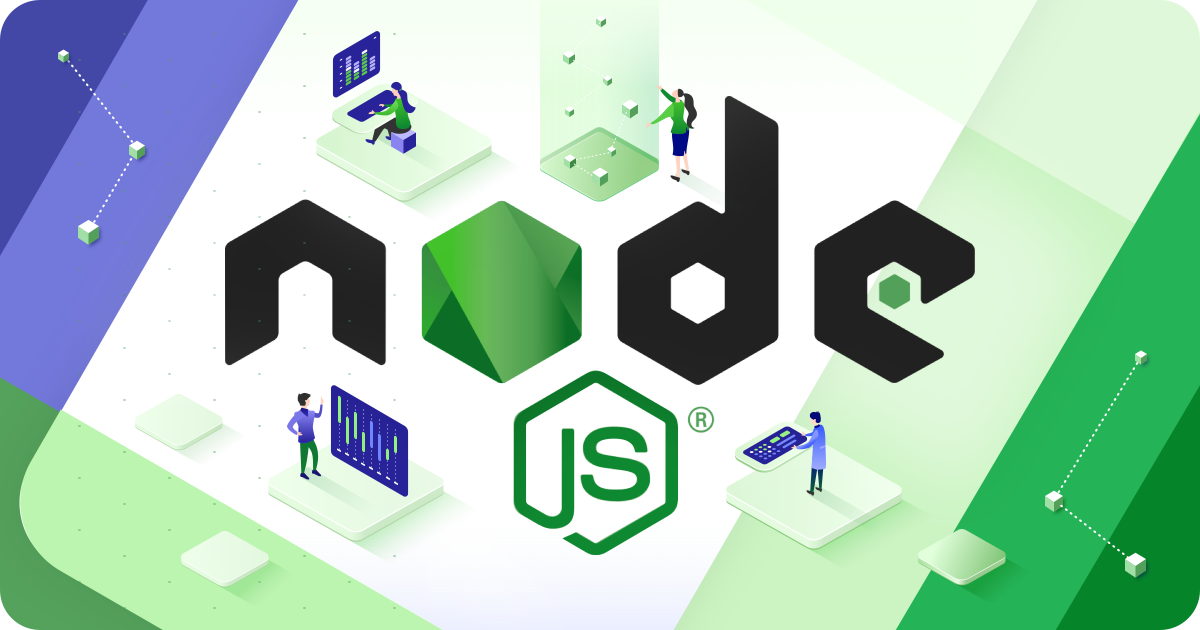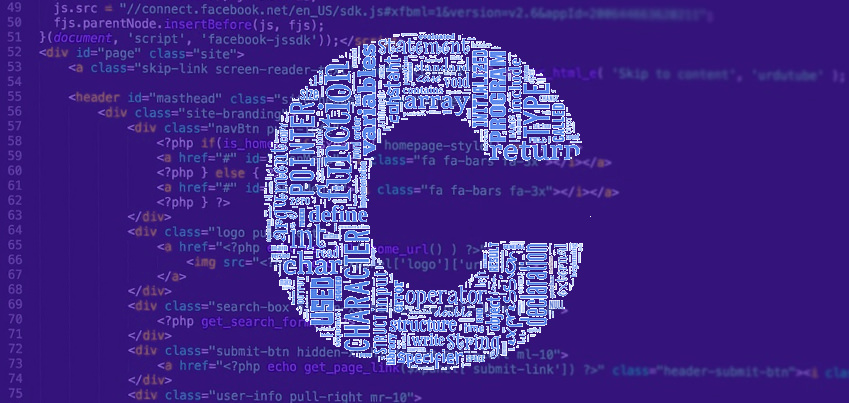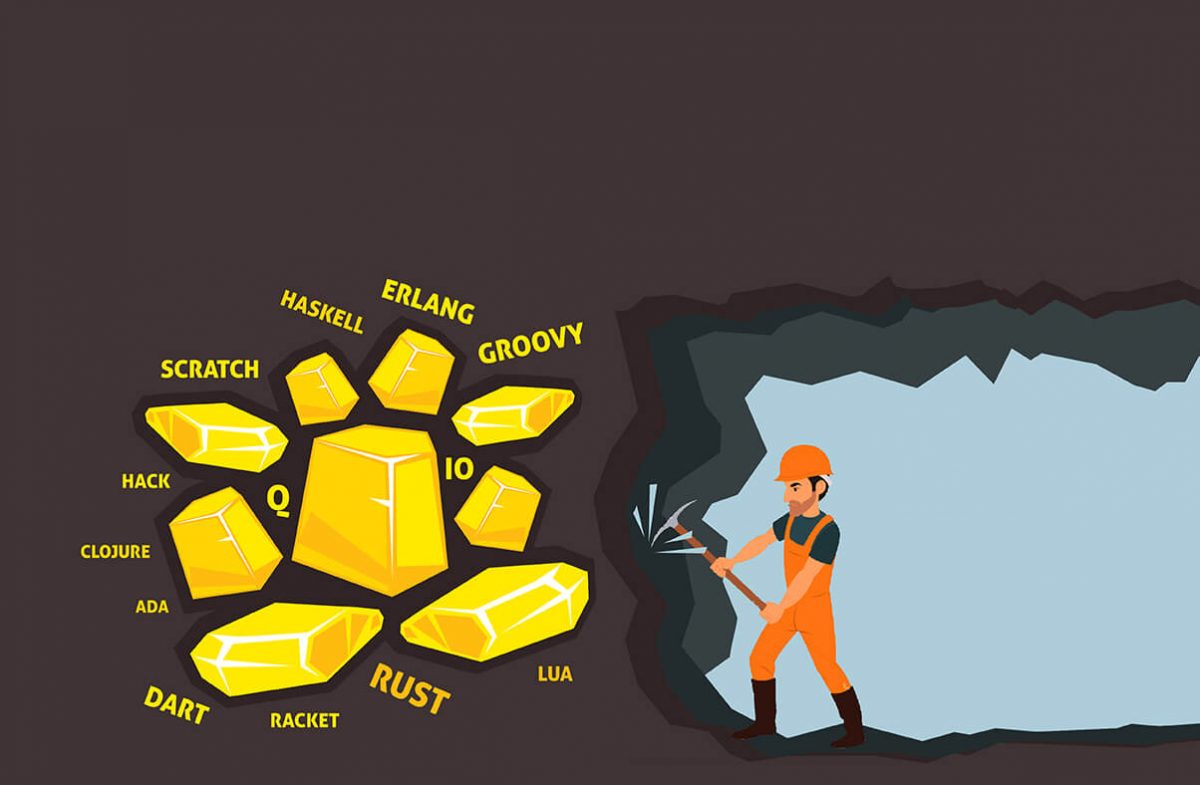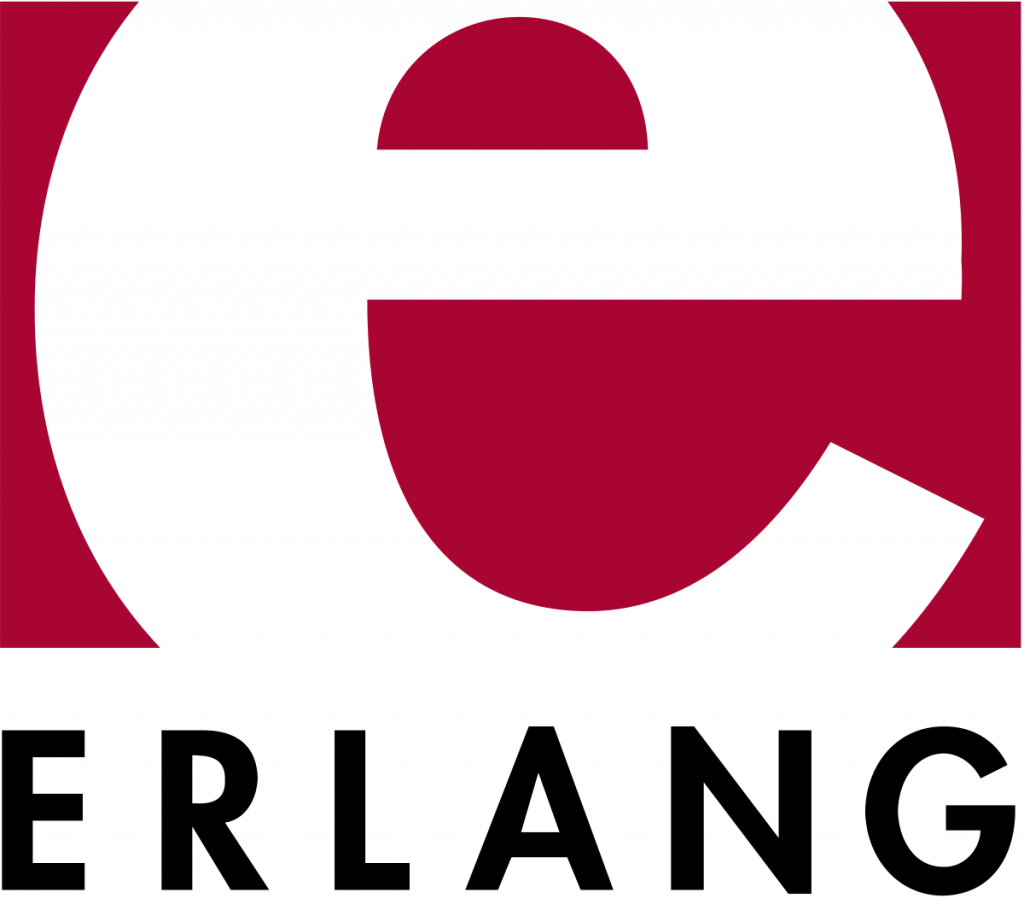PHP stands for “Hypertext Pre Processor”. Actually, PHP originally stood for “Personal Home Pages”. So it could be called a “backronym”, or perhaps a “recursive acronym”. It is an open source Server Side scripting language. Its extreme popularity is evidenced by the fact that over 80% of all websites were using PHP as of October 2018. But why use PHP at all? This is because a PHP framework provides the most convenient structure for a logical and streamlined development. They can work at extreme speeds. Businesses are able to meet their necessary performance using PHP. The usage in 2019 was close to that in 2018, and there is no doubt that, barring a brand new framework which betters PHP, this will be the framework of choice in the years to come. In this review, we will study PHP frameworks compared, and find out why PHP is so popular with developers.
Understanding PHP
PHP is a server side scripting language, which is to say, it is interpreted on the Server only, whereas a Client side scripting language, like JavaScript, has to be interpreted by the Client application. But what is a “Scripting Language”? This is a language that interprets scripts at runtime. These scripts are usually embedded into other software environments. PHP codes may be executed with a CLI (Command Line Interface), embedded into HTML code, or used in combination with web template systems, web content management systems, or web frameworks.
Scripting Languages
A Scripting Language is a language that interprets scripts at runtime. It is a set of programmed instructions embedded into other software environments. The use of Scripting Language is complemented by the use of Programming Language. A comparison between the two shows that while Programming Language has all the features necessary to develop complete applications, Scripting Language is generally used for routine tasks only. The Code in a Programming Language must be fully compiled before it can be executed, whereas the Code in Scripting Language is executed without compiling. A Programming Language can be used on its own, without embedding into other languages. But Scripting language is generally embedded into other software environments.
Advantages of PHP
- PHP is cost effective. Most Web hosting Servers support PHP by default unlike ASP which needs IIS.
- PHP is a large community document.
- PHP has been and will be regularly updated to ensure it uses State-of-the-Art advancements.
- PHP is Open Source and free.
- Learning PHP means a short learning curve when compared to other languages such as ASP, JSP etc.
- Operationally, since PHP is a Server Side Scripting Language, it needs to be installed only on the Server’s end. When Client computers request for resources from the Server, PHP does not have to be installed at the Client Side. A Web browser would be sufficient.
- PHP is a ‘Cross Platform Language’. The application can therefore be deployed on-to a large number of different Operating Systems. Platforms that can be accessed include Mac OS, Windows, Linux, Linux Kernel based Android etc.
- PHP can work hand-in-hand with MySQL, so can work comfortably with it. Of course PHP can still be used with Oracle, MS SQL Server, ODBC and Postgres.
Frameworks Compared
Some of the most well known PHP Frameworks Compared now follows:
- LARAVEL: This is the most widely known and used PHP frameworks of all. But LARAVEL does not work on Shared Hosting plans. It can organize files and code, and has rapid application development. The Architecture is NVC and PHP 7.1.1. Regarding unit testing it is FAST on HHVM. It has the best documentation of any such application, with a high level of abstraction. Stronger encryption packages (ORM) and Payment integration with STRIPE is very powerful. It has enormous out-of-the-box functionality. Overloading capabilities using dynamic methods are available.
- CODEIGNITER: Universally known as friendly to beginners, CODEIGNITER is particularly helpful for developers who are in a hurry. Data Bases like MySQL and standard Web Hosting Services can easily be adapted. All non-MVC frameworks can be left far behind. CODEIGNITER provides good documentation and (Long Term Support) LTS. CODEIGNITER does not lend itself easily for Unit Testing, and has only a few Libraries in-built into the framework. But it is light (it is only 2mb in size) , easy to setup and extremely rapid in action.
- CAKEPHP: CAKEPHP ropes PHP 5.5+ with its modern framework. It uses a Scaffholding system, which allows very fast builds. It has an MIT license for commercialized Web applications. But it is not as good for constructing Restful APIS as LARAVEL and its sister software. It achieves Validation and Authentication, Caching, Data Base access with ease, as these features are all built-in. It has extensive safe-keeping tools such as CSRF, SQL Injection Prevention, Cross Site, Scripting Prevention etc.
- ZEND: ZEND is not ideal for Rapid Application Development, but it is superb for enterprise applications. It has vast components for Validation, Feeds and Forms. Surprisingly, this framework has been used in the development of some very popular sex dating apps and free hookup sites like Fuckbook and Local Sex App. Many of the functions and advantages are utilized well in these adult app platforms.
- FUELPHP: It has Restful APIS Building, URL Routing and Authentication Packages (Caching is optional). It is modular with integrated ORM. Reviews of its newer version reveals that it can be installed using Composer and one installation will be able to support multiple applications. It will be fully object oriented.
- PHALCON: This is a lightning fast PHP Framework Application. It is most unusual in that it is based as a C-extension. It is Auto Loading, has excellent security features built in. it is not as Open Source as LARAVEL and it does not work with HHVM. It has lots of documentation and is very Developer friendly.
- SYMPHONY: This is a high performance framework, stable and well documented. It is also well maintained and supported. But it has a steep learning curve and it does not support MVC. It has Byte Code Caching.
Developers prefer PHP Frameworks because they are structured and efficient, as well as fast track. PHP is by far the acknowledged leader of Frameworks for Developers around the world.










